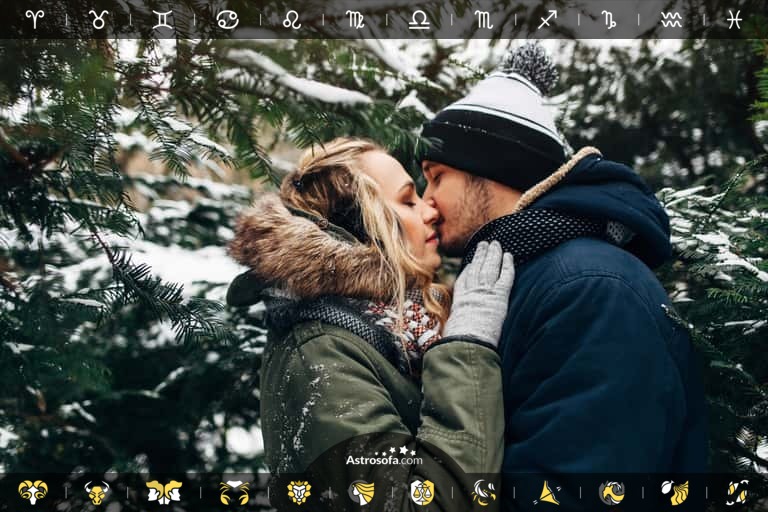
Birthday
Francesco Cavalli (1602-1676), Anna Howard Shaw (1847-1919), Renée Fleming (*1959) Freddie Highmore (*1992), Simon Pegg (* 1970), Enrico Colantoni (* 1963)
Saint's day
Valentine's day goes back to a Christian martyr named Valentin, who lovingly cared for and sacrificed himself in ancient Rome. In honor of him, we celebrate this day of love every year. We donate flowers and sweets to our loved ones and want to express that we are grateful for some sacrifices that have been made for us.
Weather Proverb
On the day of Saint Valentine, ice and snow go away.
Cold Valentine, early start of bilge.
|
Daily aspects
|
|
Sun ⚹ Jupiter |
Daily aspects

The extile between the Sun and Jupiter is a perfect aspect. It gives you a lot of vitality, success in life, general popularity, and professional and social advancement. You have a strong sense of justice and could be lucky. It is a good time to implement heart-healthy food into your diet, and take on cardio exercise - just don't push it! It is a great time to go on blind dates - just make sure to look really good!
Current timezone: Australia/Melbourne (UTC +10:00). change timezone
Calendar
Please choose a day:



